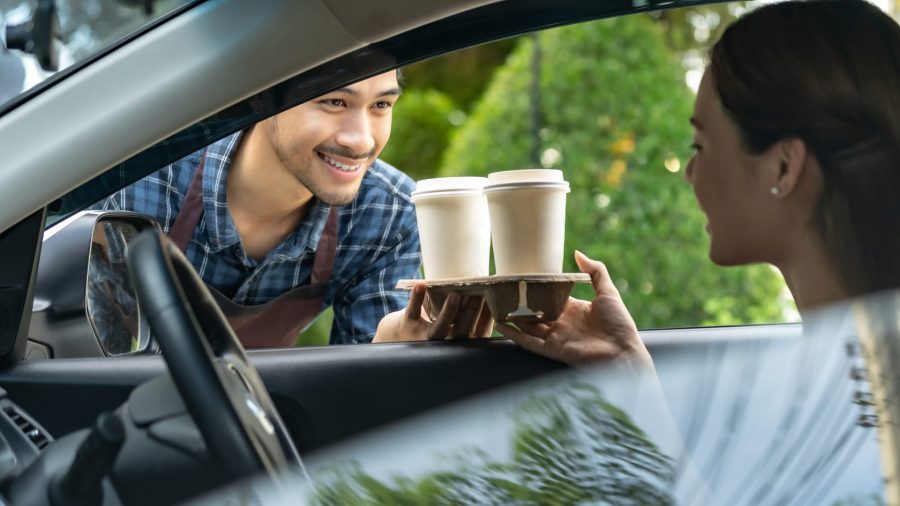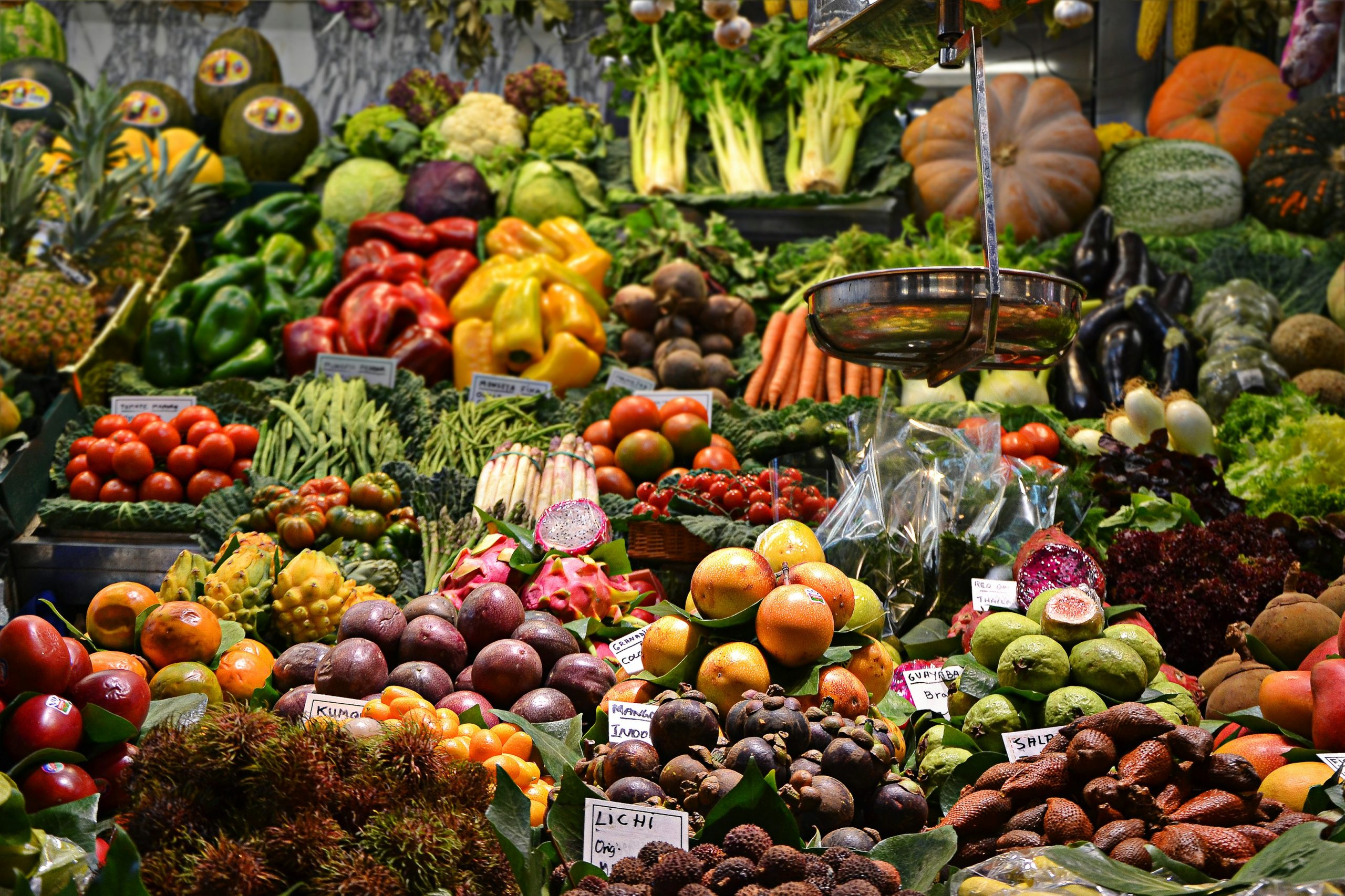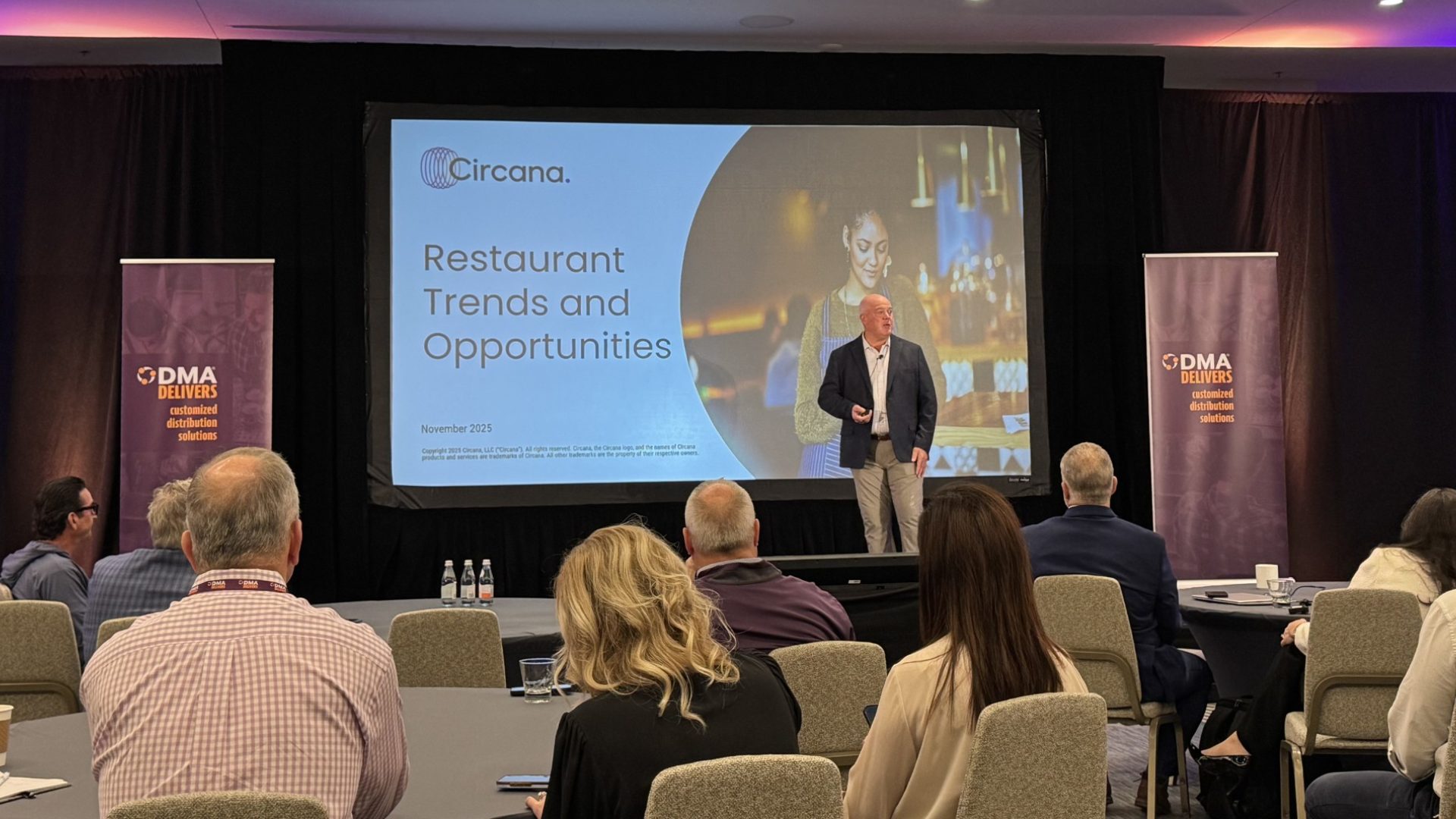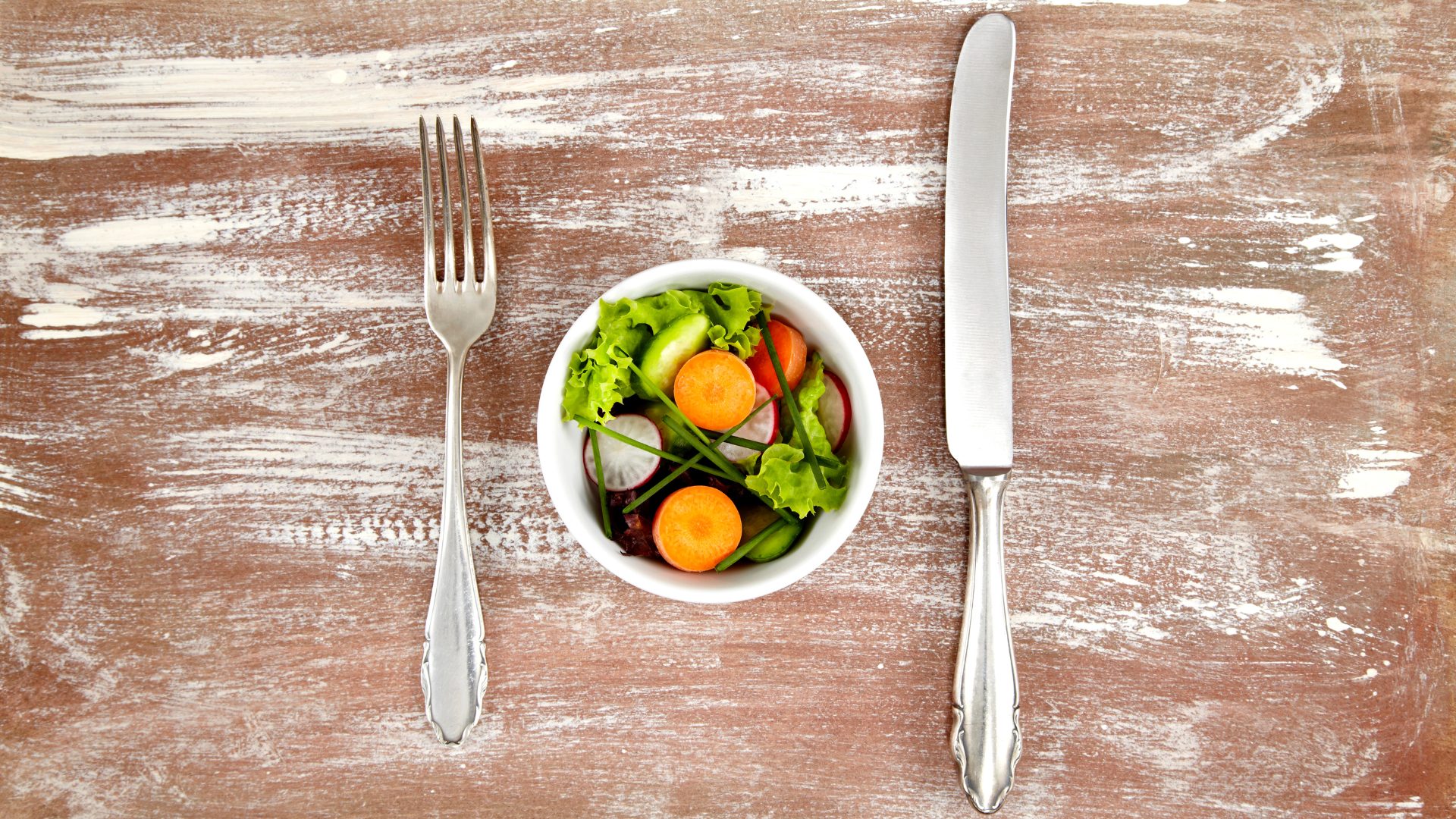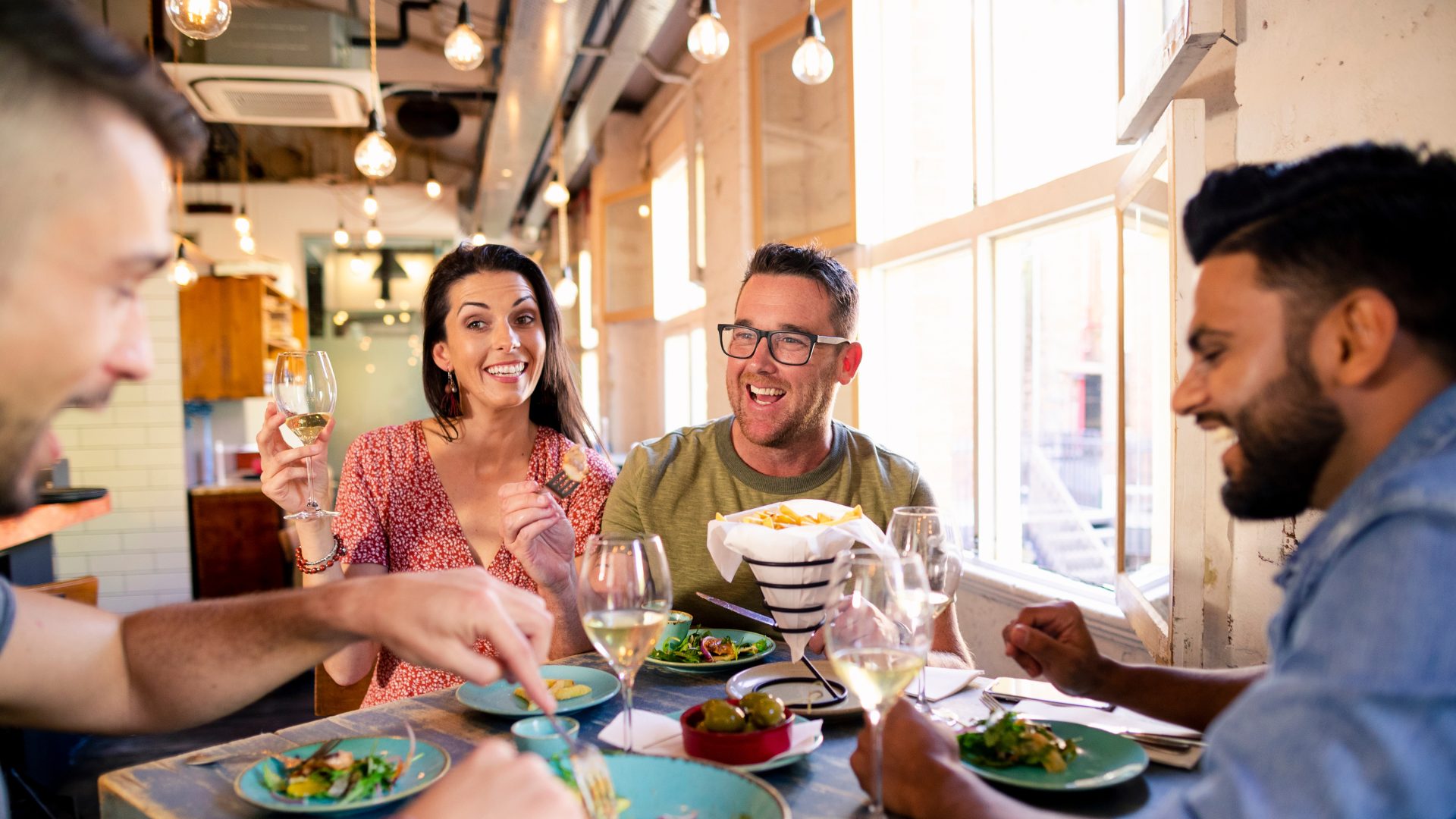Like many things, consumer behavior has changed over the past two years.
In fact, a new report from Placer.ai found that hybrid work, increased economic uncertainty, and more leisure activity, dramatically accelerated the rate of consumer behavior change.
Below are some key takeaways from the whitepaper, Unfolding Consumer Behavior Patterns in the New Normal.
THE END OF MISSION-DRIVEN SHOPPING
At the beginning of the pandemic, grocery and superstores witnessed something called “mission-driven shopping,” where shoppers focused on accomplishing as much as possible in fewer visits and made longer, less frequent trips to stores.
Now, mission-driven shopping has declined and foot traffic data from the past few quarters points to the emergence of the opposite trend: shoppers are making shorter, more frequent grocery and superstore runs when compared to 2019.
Grocery visit data for the last three quarters of 2021 shows that median visit durations decreased by 5.4%, 2.4%, and 3.6% in Q2, Q3, and Q4, respectively. However, the average number of visits per venue in Q2, Q3, and Q4 of 2021 was 11.0%, 7.0%, and 6.8% higher when compared to the same quarters in 2020.
DIFFERENT HOURS – DIFFERENT NEEDS
Consumer dining habits changed in several ways over the last two years. One of the major changes that can be seen across different restaurant categories is the change in visit times.
Many customers are now visiting restaurants, coffee shops, and fast-food chains during different times of the day than they were before COVID, and it looks like some of these behaviors could be here to stay.
“I do think people have shifted to eating earlier and that that will stick around for some time,” Bo Peabody, co-founder of reservation and delivery app Seated, told The Food Institute. With that, he said if office culture returns to pre-pandemic levels, start times on dinners “will creep back up.”
In the coffee space, late morning visits have become more popular. Visits between 9 a.m. and 12 p.m. accounted for 25% of visits in Q1 2020 but increased to 27.6% by Q4 2021.
In the quick-service category, both later evening and especially late-night visits gained in popularity throughout the pandemic, with late-night visits between the hours of 9 p.m. and 12 a.m. making up 11.5% of visits in Q4 2021 compared to 9.5% in Q1 2020.
Quick-service lunch visits (between 12 p.m. and 3 p.m.), on the other hand, accounted for just 25.2% of visits in Q4 2021, down from 28.1% in Q1 2020.
These changes have implications on the type of food, products, and experience customers are seeking with 45% of survey respondents stating that the change in dining hours affected their product selection.
CONSUMERS WANT MORE THAN JUST A STORE
According to a recent Placer.ai survey, around 52% of respondents reported doing more online grocery shopping since the start of the pandemic. At the same time, 62% of respondents reported visiting the grocery store more often or about the same amount as they did before the pandemic.
When visiting stores in person, consumers now hope to get added value that they cannot get online. They are looking for personalized, efficient, and sustainable shopping experiences.
Placer.ai noted that understanding the unique needs of each market and location can be key to optimizing the experience and merchandizing for a particular audience.


